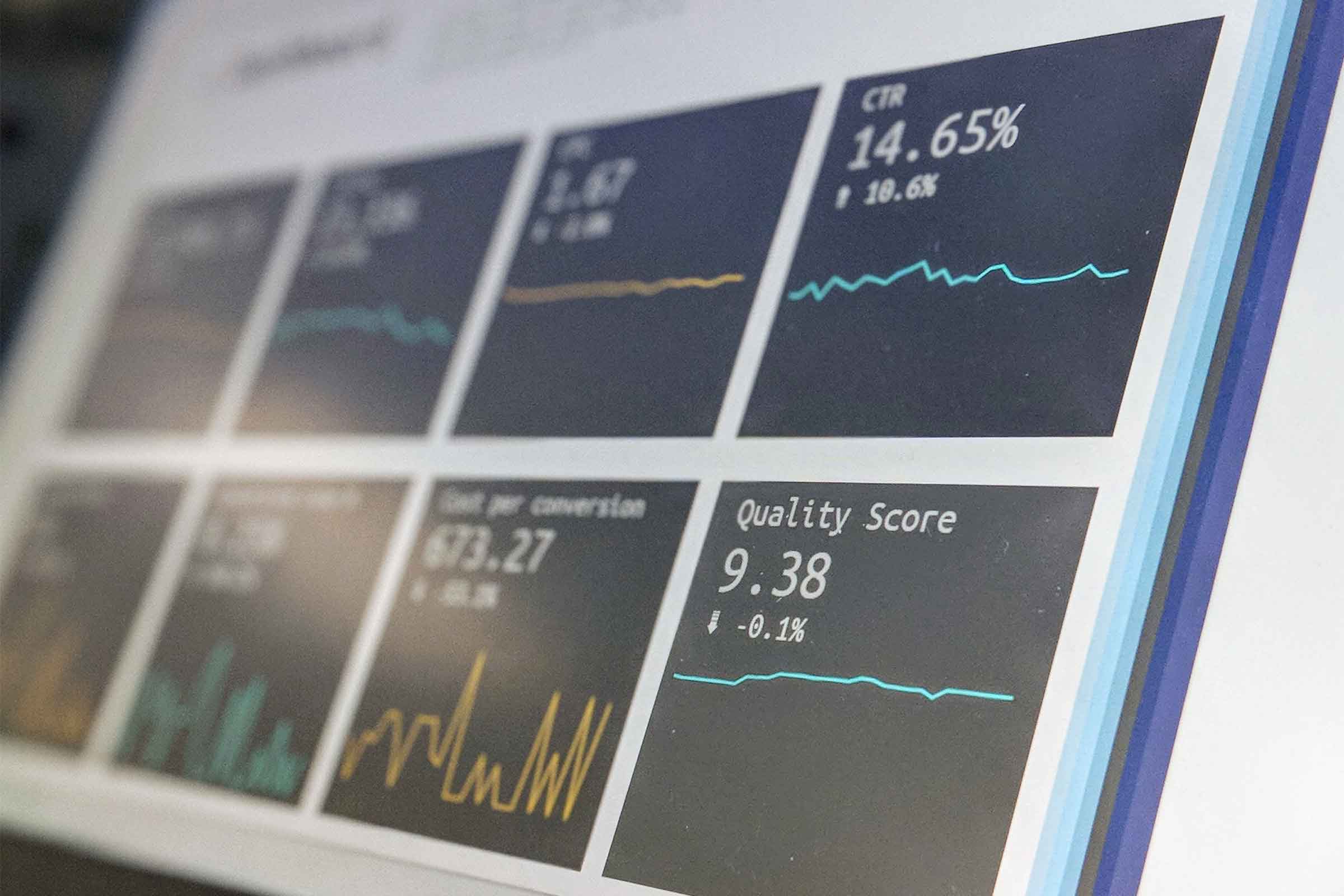When reviewing metrics, one of the first lessons taught in any upper level finance class is “compared to what?” A young manager might present: “Wow, business is up 10% – the firm is doing great!” However, that is only a part of the story without truly understanding context and benchmarking. A more seasoned manager will immediately ask “compared to what?” Metrics without context are merely vanity numbers, but with context, provide actionable data and insight.
- Did our competition increase 10% during the same time period?
- Did the firm budget 20% growth?
- Is this growth in a time of stress, like operating in a COVID crisis?
- How can you begin to distill the metrics, find the true insights, and ensure you are not missing any opportunities?
Bottom Line: You must put your metrics in context.
-
Open Book Management
First, understand your internal metrics and budgeting process to provide one layer of context, and translate that with everyone on the team. This is called Open-Book Management, a phrase coined by Inc, Magazine and later well described by Jack Stack in his book: “The Great Game of Business”. If business is a team sport, make sure all the players know who is on first, what inning we are in, and what the score is. If team members don’t know the rules or how to ‘score’ and win, it’s not a team but a group of people doing different tasks for different reasons. Studies show team members are more engaged, make better decisions, and feel a sense of ownership when everyone knows how their roles impact the business. That doesn’t mean we expect everyone to know how to evaluate a Profit & Loss statement, but it does mean as managers we MUST take the time to highlight which part of the dashboard our staff members directly impact and how they contribute to the whole.
For example, connect the dots to their incentives and responsibilities:
Example 1.
If staff understands that by adding one more bottle purchase to each guests’ purchase, that will translate to $xx per day, per month towards XX goal. (Find ways for staff to do this via in person, online or phone sales.)
Example 2.
If staff are incentivized (either monetarily or not) to collect contact data, show them the impact of collecting the data (or in the case of tasting room closures, the impact of having not collected data). By collecting contact data, wineries can continue to develop the relationship with guests/customers and have potential to sell more, later, thereby growing the business in other ways (not one-channel dependent).
The net/net is that their contribution in smaller ways helps the business in bigger ways and keeps everyone employed and guests/customers happy.
-
Benchmarking
Second, know how the rest of the ‘league’ is doing. Benchmarking is an incredible tool to show areas of opportunity and test thinking. (Check out Community Benchmark, Wine Business Monthly/SVB annual survey, or other benchmarking services.) With all things being (mostly) equal, we can understand how our competitors are doing under similar circumstances. If our sales are flat but our competitors are up on average 15%, what are some opportunities we can identify? Was our budgeting off base? Is their marketing more effective? Is their staff better trained to convert and upsell? Or if the reverse is true and we’re up while our competitors are down, we can identify what’s we’re doing differently and make a conscious decision to go do more of that. In looking at benchmarks on a timely and regular basis, we can quickly adjust course to make better decisions. The best way to do this, is to identify where we are against our competitors, find an opportunity to make positive impacts, test, compare, repeat.
Example 1.
If your traffic is down compared to your competitors in the same area and all other things are equal (your winery is as accessible as your competitors, your hours are similar, etc.), what actions can you take to increase your traffic? Consider a more strategic outreach to gatekeepers such as drivers, hotel concierge, other wineries. Try a social media campaign to encourage visitors. Work with other wineries and create a ‘passport’ weekend…
Example 2.
If your sales are down compared to your competitors and all other things are equal, what can you do to increase sales? Adjust the number of staff members so there is more staff availability to engage with guests and increase your Average Order Size/Value. Invest in training (whether internal or external) to give staff more confidence in asking for the sale. Consider sample packs that are easily seen/accessible for people to purchase and ‘try’ other varietals you offer…
In any given example, whatever you decide, try one adjustment at a time so you can measure results accurately. When you find something that works, continue on with it and focus on your next challenge.
-
Feedback Loop
Finally, use third-party feedback to see if your efforts are resonating positively with your guests/customers and to better understand why metrics are what they are. Metrics will give us insight on what is going on, but feedback will give us insight on why it’s happening. Social feedback is great for in-person visits, but also consider outsourcing mystery shopping. This can be of your physical experience, your virtual tasting experience, or your phone and digital efforts. An unbiased third party is not influenced by strongly-held institutional beliefs, and can provide objective points of view that are very actionable. When looking at mystery shopping programs, seek out one that offers comprehensive reports with qualitative details as well as binary data points, and that offers immediate actionable insights.
Example 1.
If you review your social feedback (TripAdvisor, Yelp!, etc.), mine for what’s working and what isn’t – look at trends and themes, beyond individual or one-off examples. Guests complaining about wait times? Consider ways to manage this. Guests loving the friendly staff, ensure you continue to hire friend, service-hearted staff.
Example 2.
Similarly, mystery shopping done correctly will highlight trends and not individual instances. We all know sometimes we have a bad day, so focusing on a one-off isn’t helpful for anyone. When looking at trends, identify themes. Metrics saying your sales are down but traffic is up? Mystery shopping might point out that the staff is understaffed and can’t spend the time engaging with staff to build rapport, trust, and thus, sales. Or it may be that staff is asking (when they are asking) ‘Anything to take home’ instead of focusing on what the guests are enjoying and asking them specifically if they’d like to take some of xyz {insert their favorite wine/s here} wine home with them today.
With context, metrics provide actionable data and insight. Consider Open Book Management, benchmarking and feedback to give your metrics a more robust context to better make decisions and manage your business.
“If you can’t measure it, you can’t manage it” – Peter Drucker




